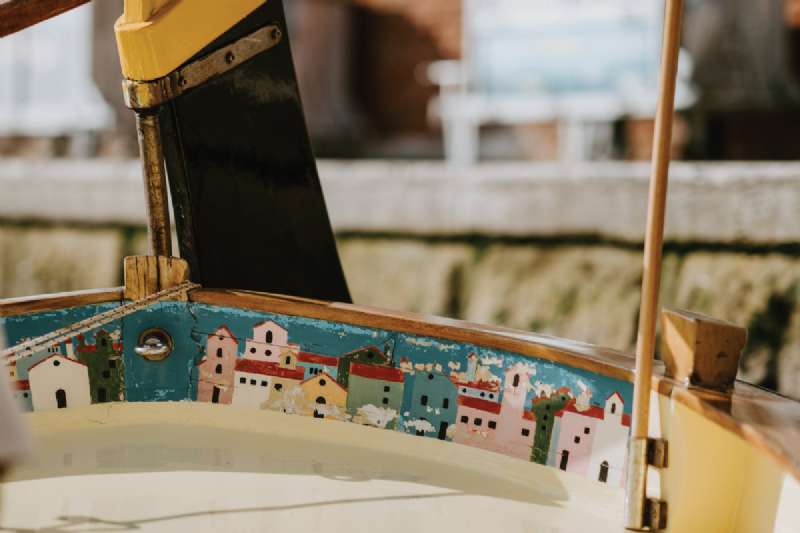Painting of Boats
Since the boats are in constant contact with water and weather conditions, their paints need to be renewed periodically. Before the boats are painted, some preparations should be made. First, the body must be sanded thoroughly before painting. Also, the area to be stained should be dust-free and dry. When painting, issues such as the type of paint and how it should be applied should be known. You can easily find the necessary information from the place of purchase.
There are also some important points to be considered before the staining process. These important points are as follows;
• When painting the boat, the air must be dry, shade and windless. If the dyeing process is not to be carried out indoors, it must be free of precipitation.
• Heat is extremely important when a painting is performed. In cold areas, the paint dries late and in very hot areas the paint will dry very quickly. For the best weather, the temperature should be between 10 and 30 degrees.
• The environment should not be damp when painting. Dew areas are quite unfavorable.
• If the area is dusty while the boat is being painted, the dust will stick to the paint. Therefore, the area must be dust-free again.
There are extremely important points to know before starting the dyeing process;
• Before painting, the amount of paint should be calculated according to the size of the vessel. There is a formula for this. This formula you will use is waterline length * water line width * 0.75.
• Mix the paint well. You can use a tool attached to the drill or make it manually. • Hard paints should not be mixed. This will cause the formation of bubbles in the paint. The points to be considered while applying the paint to the surface are as follows;
• The brushes you will use during the painting process must be clean. • Brushes or spraying tools can be used for painting. The important thing is the amount of paint to be used during these processes. You can get professional support to understand this.
• When painting, apply to a small area first and see the color and observe whether the paint will turn off.
• Dip 3/1 of your brush into the paint. The more you dip, the more paint can come into the brush. You should pay attention to this. Doing so may result in excessive paint application to that area.
• Transfer as much paint as you would to a smaller container and use less of this container. • When applying paint, you must continuously apply paint stroke in the same direction. Besides, the first impact must be applied to the unpainted area. Otherwise, the joints will cause the paint not to be smooth.
• If the paint is difficult to cover the area or thick, it should be spared with thinner.
• Instead of making a thick single coat of paint, paint fine but two coats. This will give you a smoother painting process. After the process steps for painting the boats, excellent results will be obtained. If you don't trust yourself enough, it is more effective to get professional support.

